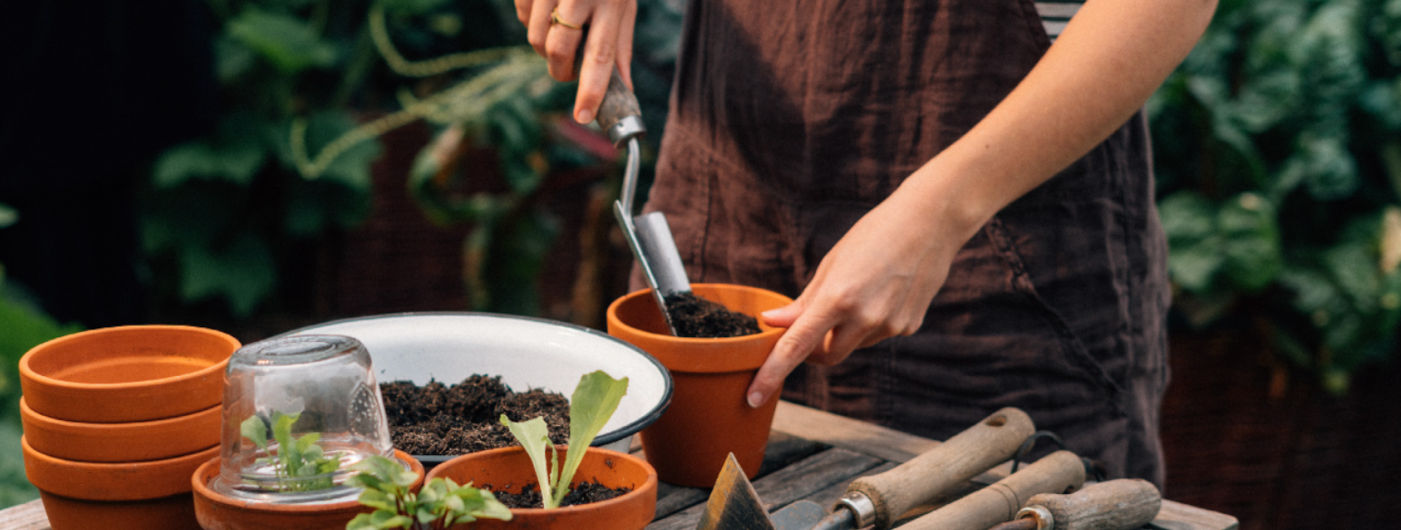Seeds for beginners – our top tips
We often get asked which seeds are easy, or suitable for beginners. In very general terms the answer might perhaps be that they’re all easy – seed-sowing isn’t exactly rocket science, after all: you put your seeds in the earth, keep it moist, and wait a few days.
But when you get down to the detail things do get a bit more tricky,
So for anyone who’s having their first go at sowing a few seeds we’ve picked out some plant varieties that are pretty much fail-safe – if you dropped them by the roadside they’d probably germinate where they fell. We’ve got just one sowing tip: cover your seeds with a layer of earth about two to three times as deep as the seed is wide. Broad beans, for example, should be planted about 3-4 cm deep while very tiny, fine seeds (like strawberry seeds) can simply be scattered on the surface. These extremely small seeds don’t need covering. Though they can easily be washed away when you water them so this should be done very carefully – it’s best to use a hand-held spray to keep them moist.
... but there we go, getting into the detail again. The seed varieties here are great for beginners, sure to succeed and produce strong, healthy young plants.


